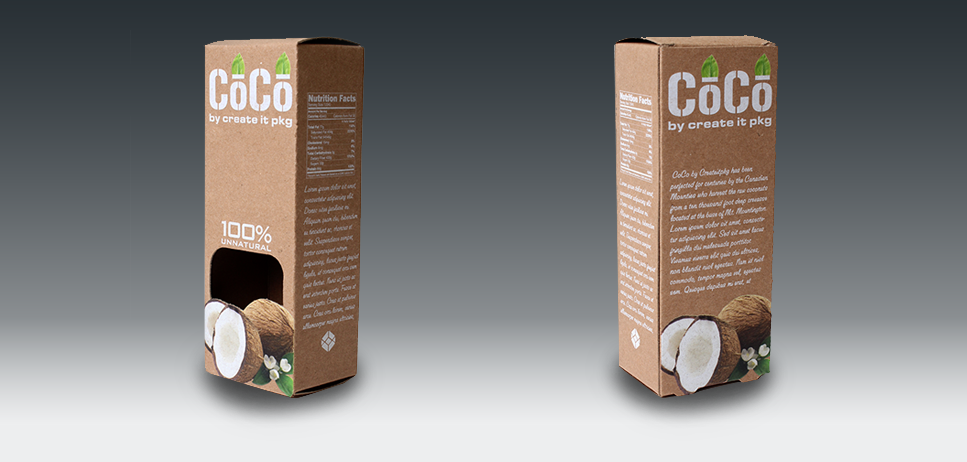Do You Know About Direct-Package Printing?
Hailed as the up-and-coming printing method, direct-package printing is primed to innovate the way we decorate packaging. By eliminating the need for labels, businesses can print directly on packages of any shape and size, opening limitless creative doors. But is it really all that it’s cracked up to be?
You might have already heard about this method, though more than likely by a different name: digital direct-to-shape printing, direct object printing, and direct-to-container digital printing all refer to direct-package printing in one way or another. As its name implies, this kind of printing spits ink directly onto containers as opposed to adhering separate labels and decals to the packaging. While there aren’t many problems associated with the latter method, industry trends seem to be shifting in favor of direct-package printing when it comes to package decoration. As the industrial labels market is projected to grow to $51 billion by 2020, the way companies choose to adorn their packaging is serious business.

An example of direct-package printing | Image source: Create It Packaging
Compared to other methods, direct-package printing has a variety of strengths that make it lucrative. As Converting Quarterly puts it, direct-package printing eliminates “the need for a label on rigid or semi-rigid containers … [offering] brand owners a new palette of opportunities — including economies of scale, shorter route to market, and enhanced levels of brand presentation and promotion, such as personalization.” Not only is an extra step in the packaging process removed (specifically label application), but the ease of directly printing onto a package opens creative doors that the textile and ceramics industries have enjoyed for a while now. The double whammy of more options in less time seems to be too good to pass up.
Changing of the Guard

Image source: Packaging Digest
According to Packaging Digest‘s 2016 community report on food and beverage packaging, responding companies indicated that 62% of them were currently using some form of direct-package printing. By comparison, methods such as pressure-sensitive labeling (55%), glue-applied labeling (41%) and shrink-sleeve labeling (28%) were eclipsed by direct-package printing; it’s important to note, however, that respondents could choose multiple options (hence why the numbers don’t add up to 100%).
While direct-package printing is looking like a great candidate for substitution and replacement for the other methods, it isn’t without its drawbacks. From Engineered Printing Solution‘s analysis on the technology:
“When you are talking about the concept of jetting ink directly to substrate, adhesion and print head positioning inevitably come into play. Removing steps in the process and/or benefiting from the economics of something mean very little if quality is compromised. Maintaining optimal print resolution and acceptable adhesion cannot ‘take a back seat’ for direct-to-shape to be fully embraced across the packaging industry. Therefore, the supply chain will need to continue to work together to overcome these new challenges and allow direct to shape to pick up momentum by way of being a stable, diverse solution for many.”
In other words, though the future looks optimistic, there’s still room for improvement when it comes to image quality and making sure the ink sticks properly to the packaging. When everything’s said and done, however, such improvements are often introduced as more companies start making use of this method, finding ways to compete for better decorations to attract the wandering eye of potential customers.
One thing seems to be certain: unlike the physical labels and glues of yesteryear, direct-package printing looks like it’s going to be sticking around for a while.

